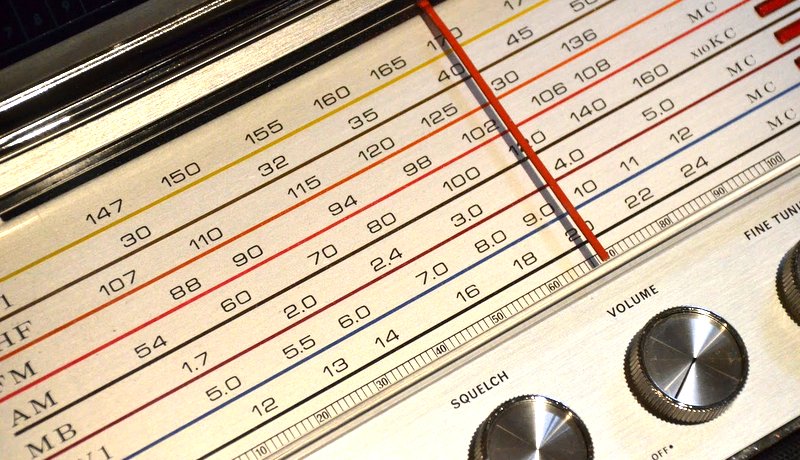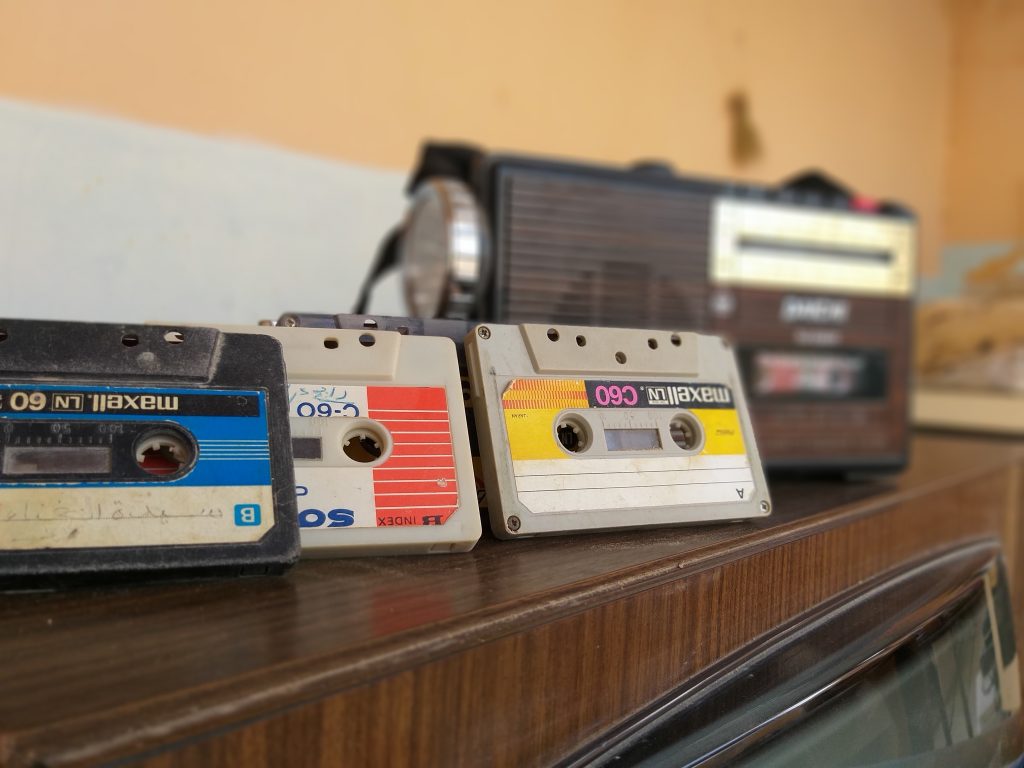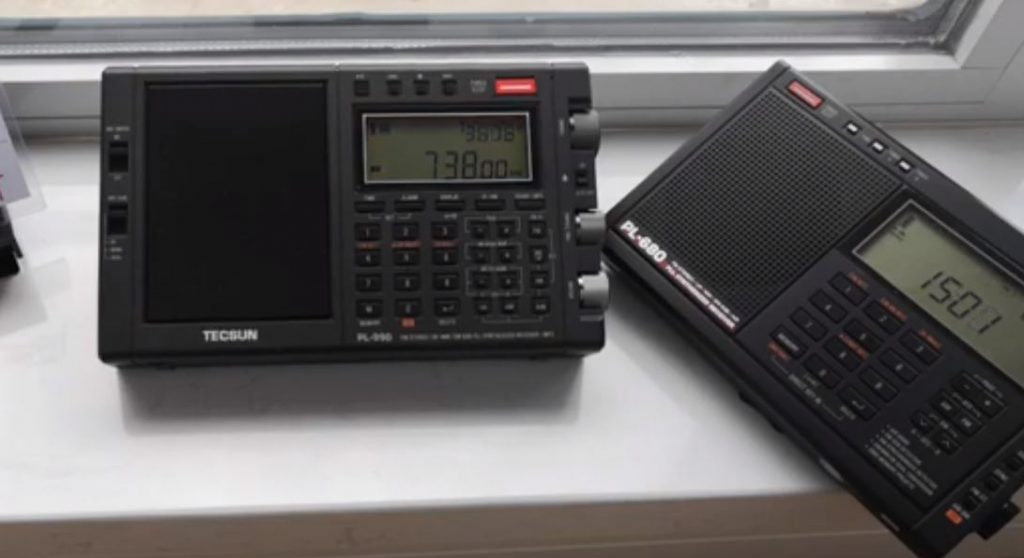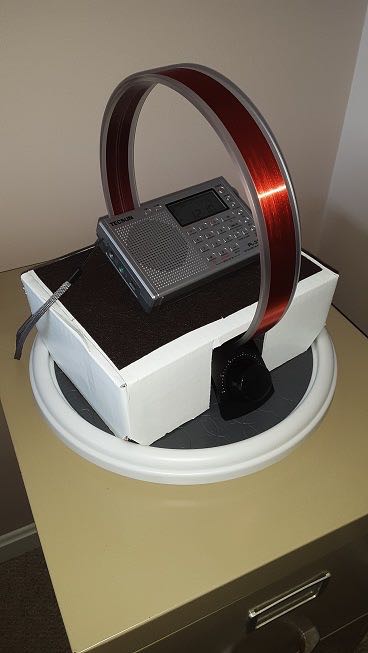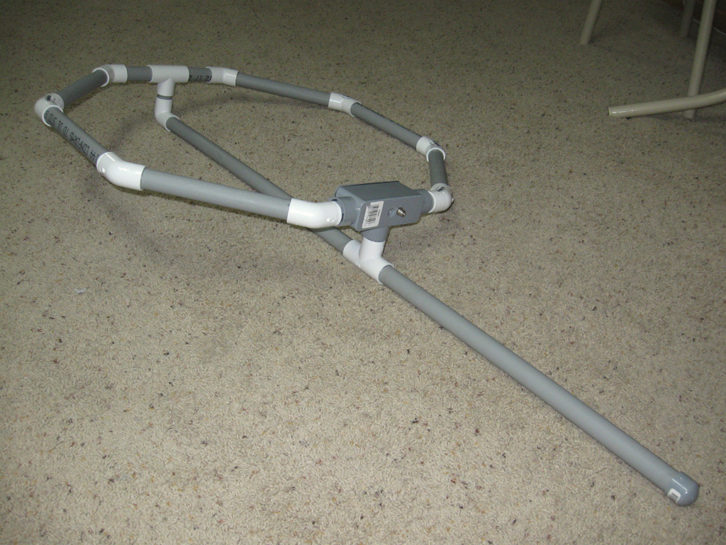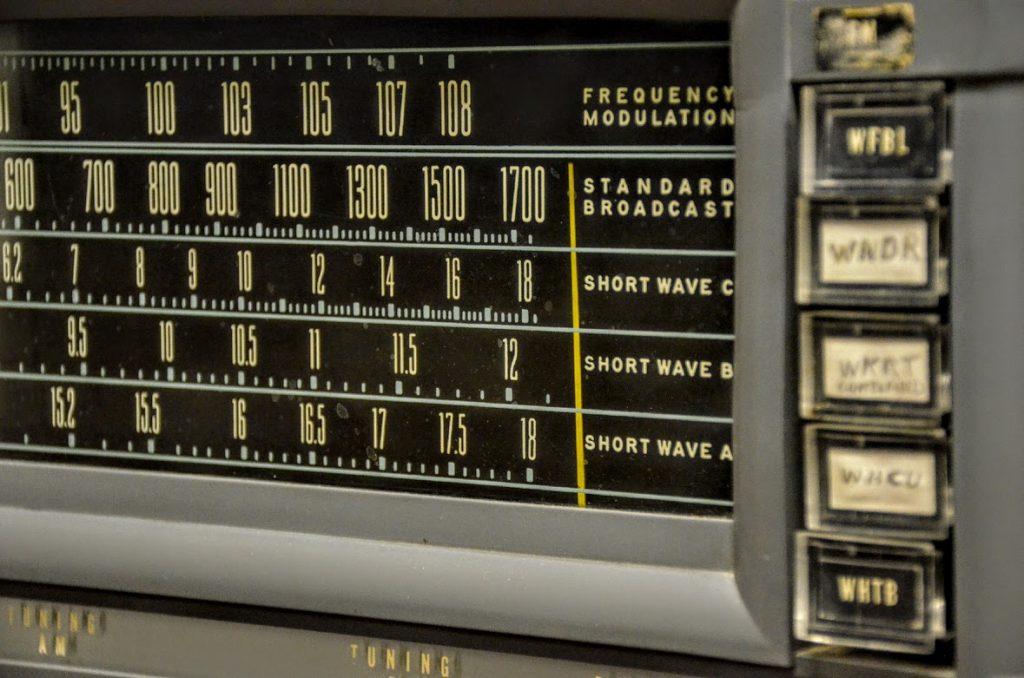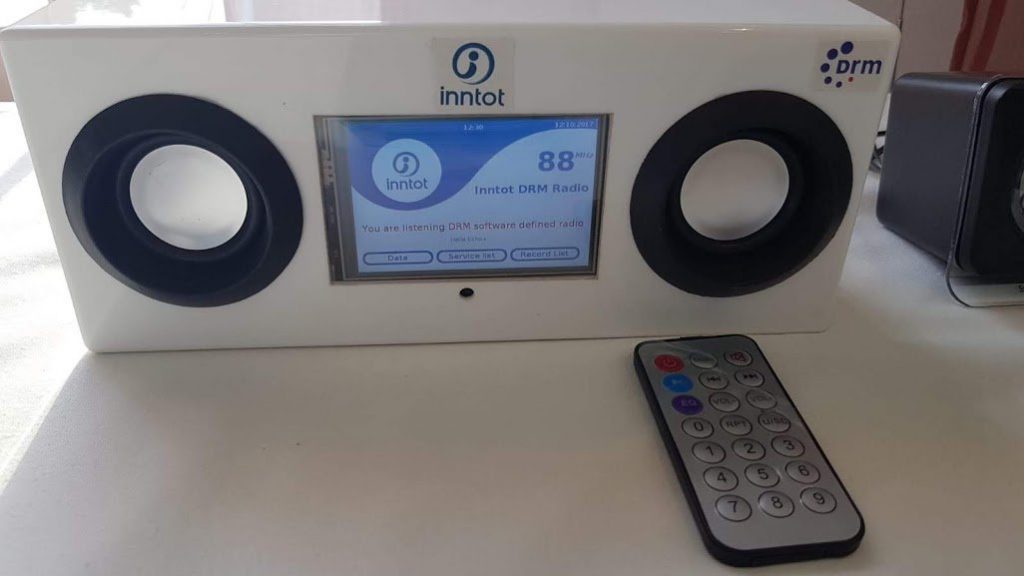
(Source: Radio World)
Is medium wave in decline? Some people think so.
In the 1950s radio was declared mortally wounded by TV. But then FM with its new music rescued it, becoming one of the most successful technologies and platforms ever. Radio survived and thrived but AM should have died at the hands of the nimbler, younger and more attractive FM.
Only it did not and the medium reinvented itself by using presenter-led programming, commercial music and sport. In the United States it took until the end of 1990s for the FM and AM audiences to be equal and to this day the big AM stations are going strong, bringing in the ad dollars.
REASONS
Still, it’s undeniable that the whiff of decline has enveloped AM in the past two decades. The reasons are well-known: Analog medium wave doesn’t always deliver the best sound, it can suffer from interference, it can behave annoyingly different by day and night and even by season. Medium wave mainly appeals to a maturing population (a global phenomenon, considered shameful by some!) using aging receivers (this is bad!).
[…]
THE SOLUTION
Recently cricket fans were able to enjoy an open-air demonstration of three different DRM programs on one frequency ahead of an important match in Bangalore. The fans also received data (stock exchange values) available on radio screens. This demonstrated that digital DRM is a game changer for medium wave.
In DRM the crackling audio disappears as sound is as good of that on FM. The electricity consumption and costs decrease, the spectrum is trebled and reception, even in cars (as available in over 1.5 million cars in India currently) is excellent, too.
If it is so good then why isn’t DRM medium wave conquering the world faster? Maybe it’s about confidence in a new platform. Broadcasters and governments need to market DRM digital radio once signals are on air in their countries.
As for receiver availability and their costs, let us remember how many receivers were on sale in the 1970s when FM was taking over the world. Nowadays, many listeners consume radio in their cars rather than sit in front of a retro looking wooden box. Digital receivers (DRM alone or DRM/DAB+) are a reality and a bigger push for digital would help with volumes sold thus bringing down the prices.[…]
Click here to read the full article at Radio World.

